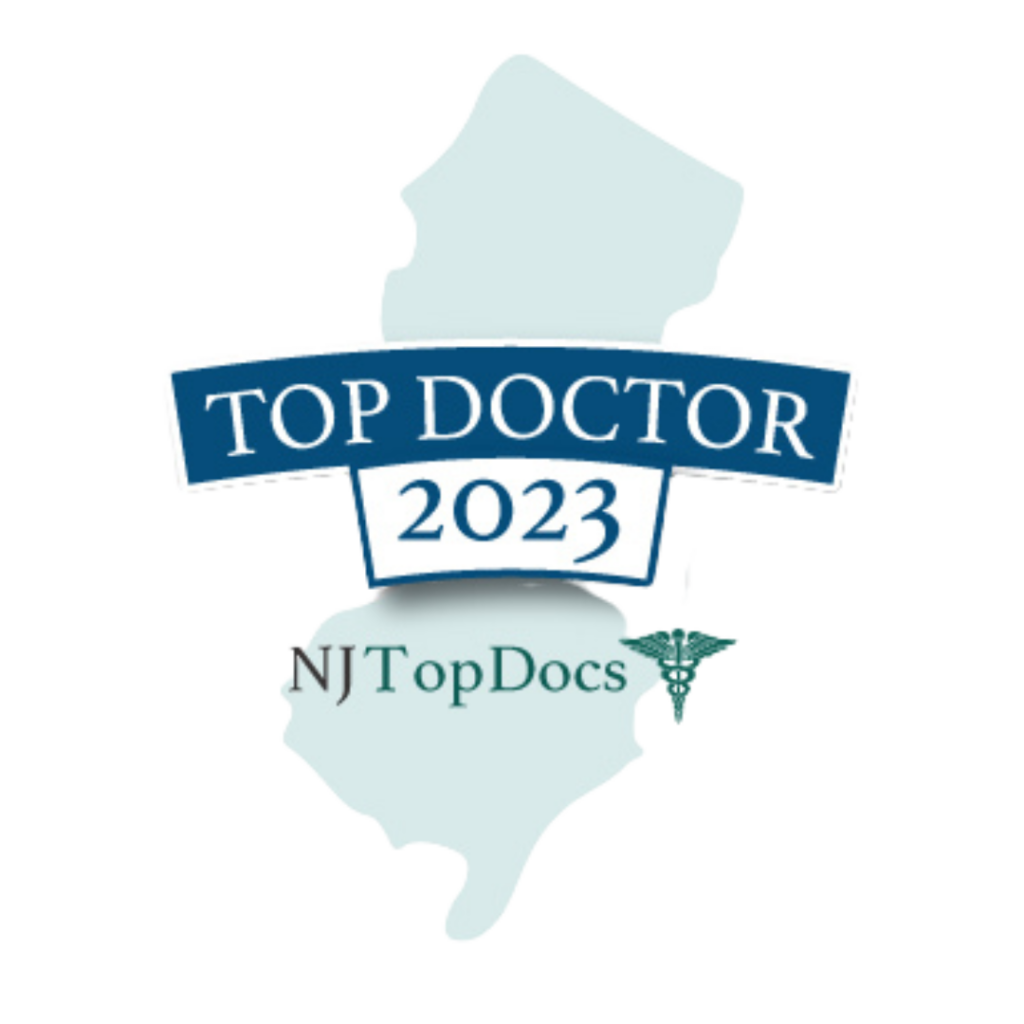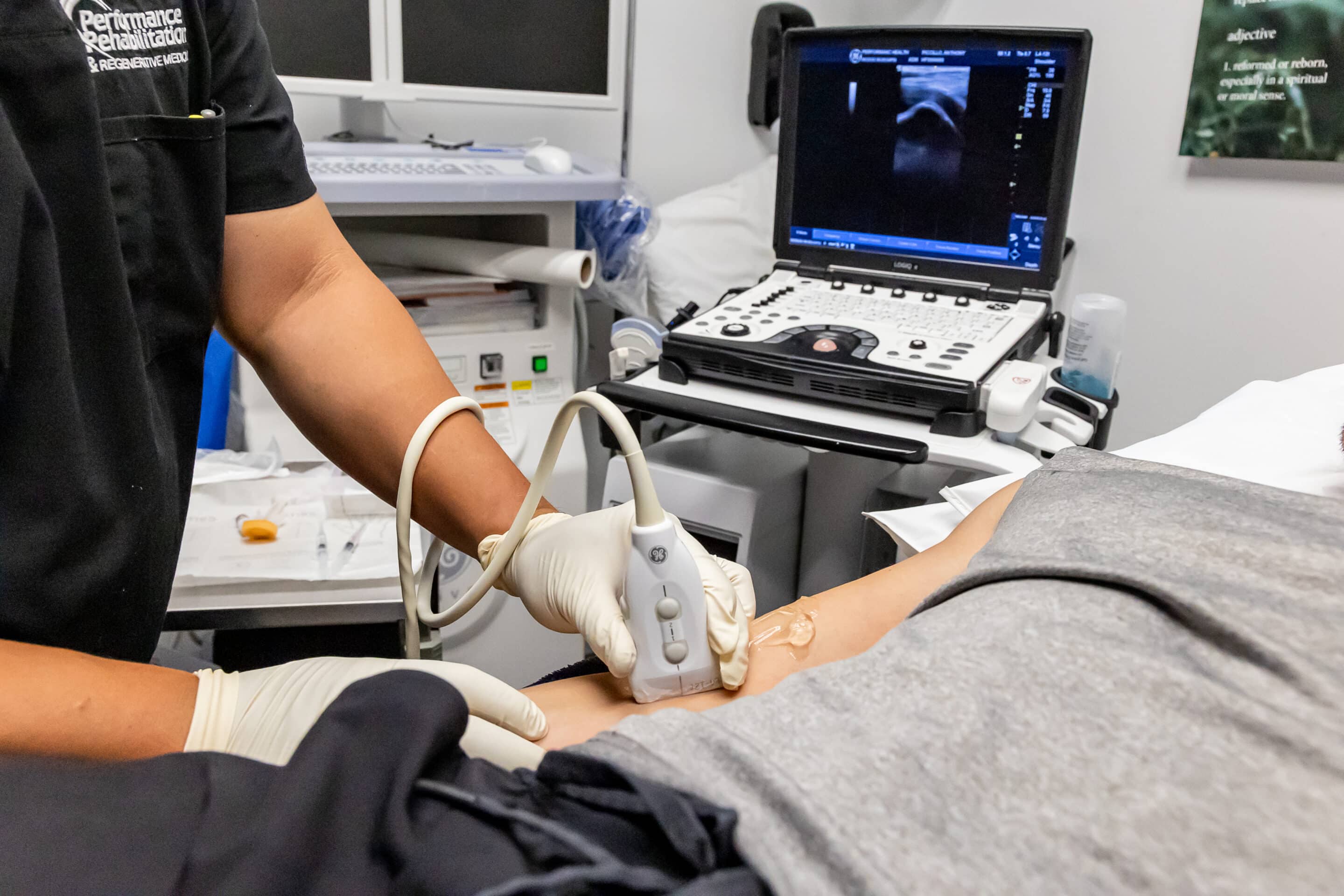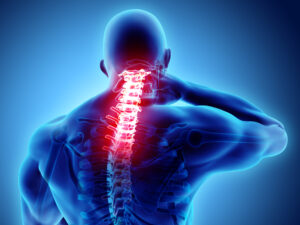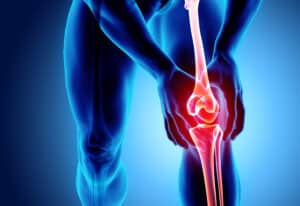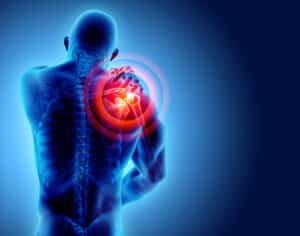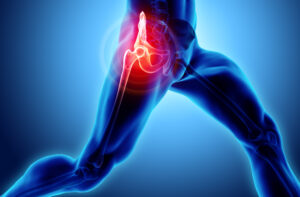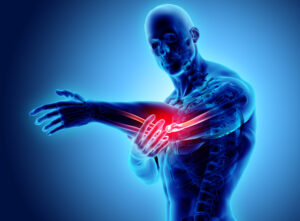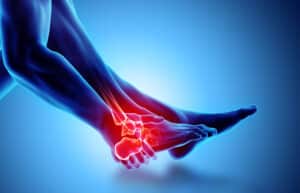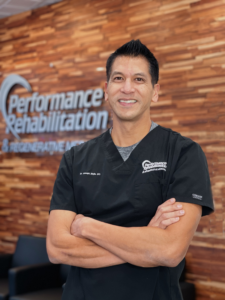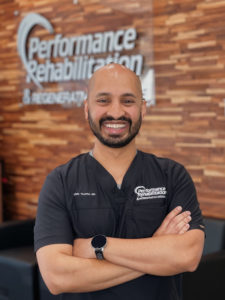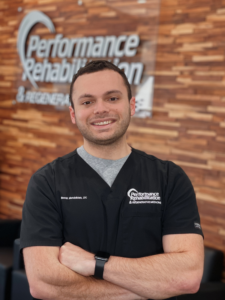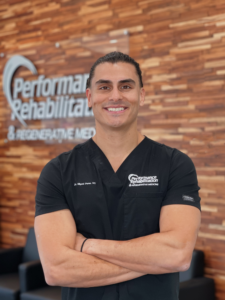Is Chronic Knee Pain Impacting Your Life?
A common knee injury treated at Performance Rehabilitation & Regenerative Medicine is patellar tendonitis (jumpers knee). This condition often presents with pain around the kneecap and the surrounding muscles that insert below the patella. This condition is seen in sports that involve a lot of jumping such as basketball and in athletes who do a lot of squatting such as a baseball catcher. This condition is also seen in individuals who do a lot of work on their knees, such as plumbers and carpet installers.
What is Patellar Tendon?
The patellar tendon consists of a thick band of tissues that connect our muscles to bone, providing strength and stability to the joint. The large forces placed on tendons from the muscle co
Conservative Treatment Options
Typically jumpers knee responds very well to conservative care options such as rest, OTC medications, and physical therapy for acute conditions of patellar tendonitis. The therapist will work to strengthen the knee joint, but sometimes if the problem has been long-standing these cases can be very difficult for both the clinician and the patient. If patients failed to progress with therapy, surgical intervention typically was the only option left, to “release” the tendon, which has shown limited success? Now, there are other non-surgical options utilizing the body’s own ability to heal itself naturally.
What is Platelet Rich Plasma (PRP) Therapy and how can it help me?
PRP therapy is a state of art treatment option in the field of regenerative medicine that is one of the non–surgical options for orthopedic conditions. PRP is considered the next generation of treatment options for unresponsive chronic musculoskeletal injuries.
In Platelet Rich Plasma therapy, the doctor will rely on the body’s natural healing potential through the different growth factors and proteins in your blood plasma. One of the biggest problems with these chronic injuries as mentioned earlier is the lack of blood supply. PRP is a way to introduce healthy blood plasma to the site of injury to help the area recover. Reducing pain and inflammation, getting you better, faster!
What does PRP entail?
You will start with a thorough examination and medical history in order to rule out any other serious conditions with similar knee presentations. The physician may utilize x-ray, ultrasound and MRI of the injured area to identify what structures are involved. Once you are identified as a candidate for PRP therapy you will then begin treatment.
The PRP Process
This procedure takes place in our office and takes under an hour. Blood is drawn from the patient and then centrifuged (spun and separated) in order to collect the different growth factors and healing proteins. The healing factors in your blood will then be re-injected into the area of injury under ultrasound guidance to ensure accuracy. PRP is meant to decrease inflammation and scar tissue, which leads to faster recovery.
For years doctors have known about healing anti-inflammatory components of blood plasma by inhibiting certain proteins that increase inflammation. By reducing inflammation with PRP there is usually a decrease in pain, which allows you to progress farther along in your rehabilitative process. Typically PRP is done in a series of 1-3 injections with a course of physically therapy between 4-8 weeks duration for full return to function.
If you, or someone you know, are suffering from chronic knee pain, or would like more information on non-surgical orthopedic options that are available, please feel free to contact one of our patient care coordinators at 908-754-1960 or you may contact us online.
Performance Rehabilitation & Regenerative Medicine – Getting Patients Better – Faster!
About the Authors:
Joseph Mejia D.O., F.A.A.P.M.& R, is a graduate of University of Michigan and West Virginia School of Osteopathic Medicine. He is Board Certified in Physical Medicine & Rehabilitation and Sports Medicine. Dr. Mejia received his Fellowship Training in Interventional Pain Management from University of Medicine and Dentistry. He has advanced training in Regenerative Medicine and is the Medical Director and Partner of Performance Rehabilitation & Regenerative Medicine.
Vincent J. Diana D.C., is a graduate of New York Chiropractic College. He is a Board Certified Chiropractic Physician with licenses held in New Jersey and Pennsylvania. Dr. Diana is a Chiropractic Physician at Performance Rehabilitation & Regenerative Medicine.
